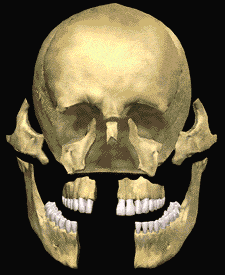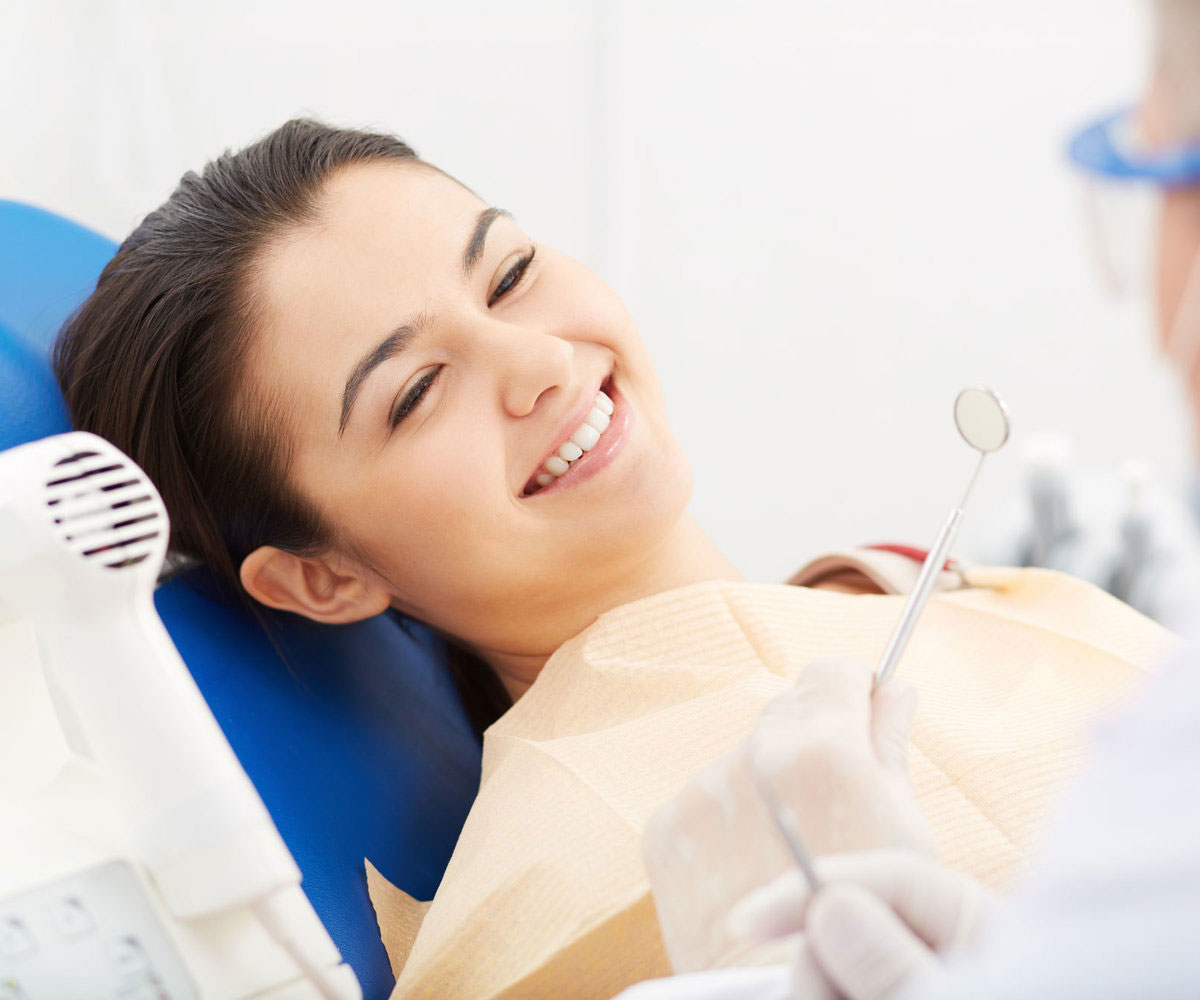Impaction of the wisdom tooth
Erupting third molars not involved in con- current pathology may become impacted for a variety of reasons. Most often, impaction of third molars is caused by either insufficient maxillofacial skeletal development or a low correlation between maxillofacial skeletal development and third molar maturation leading to a lack of space between the second molar and the ramus.
- The Nature of Maxillofacial Trauma
- Soft Tissue Injuries of the Maxillofacial Region
- Bone Injuries of the Maxillofacial Region
- Injuries to the Teeth and Surrounding Dental Structures

The position of an impacted third molar can be classified radiographically accor- ding to the anterior-posterior space between the second molar and the mandibular ramus, its superior-inferior position, its medial-lateral position in the body of the mandible, and the position of its long axis. Retained, unerupted third molar teeth have been associated with various pathological conditions.These include cystic lesions, neoplasms, pericoronitis, periodontitis and pathological root resorption as well as detrimental effects on the adjacent teeth.
Its removal is a simple procedure that is done under local anaesthesia in the dental clinic, however if the patient is having his 4 wisdom teeth impacted or unerupted, General anasethesia is scheduelled to remove the 4 wisdom teeth at the same session.



